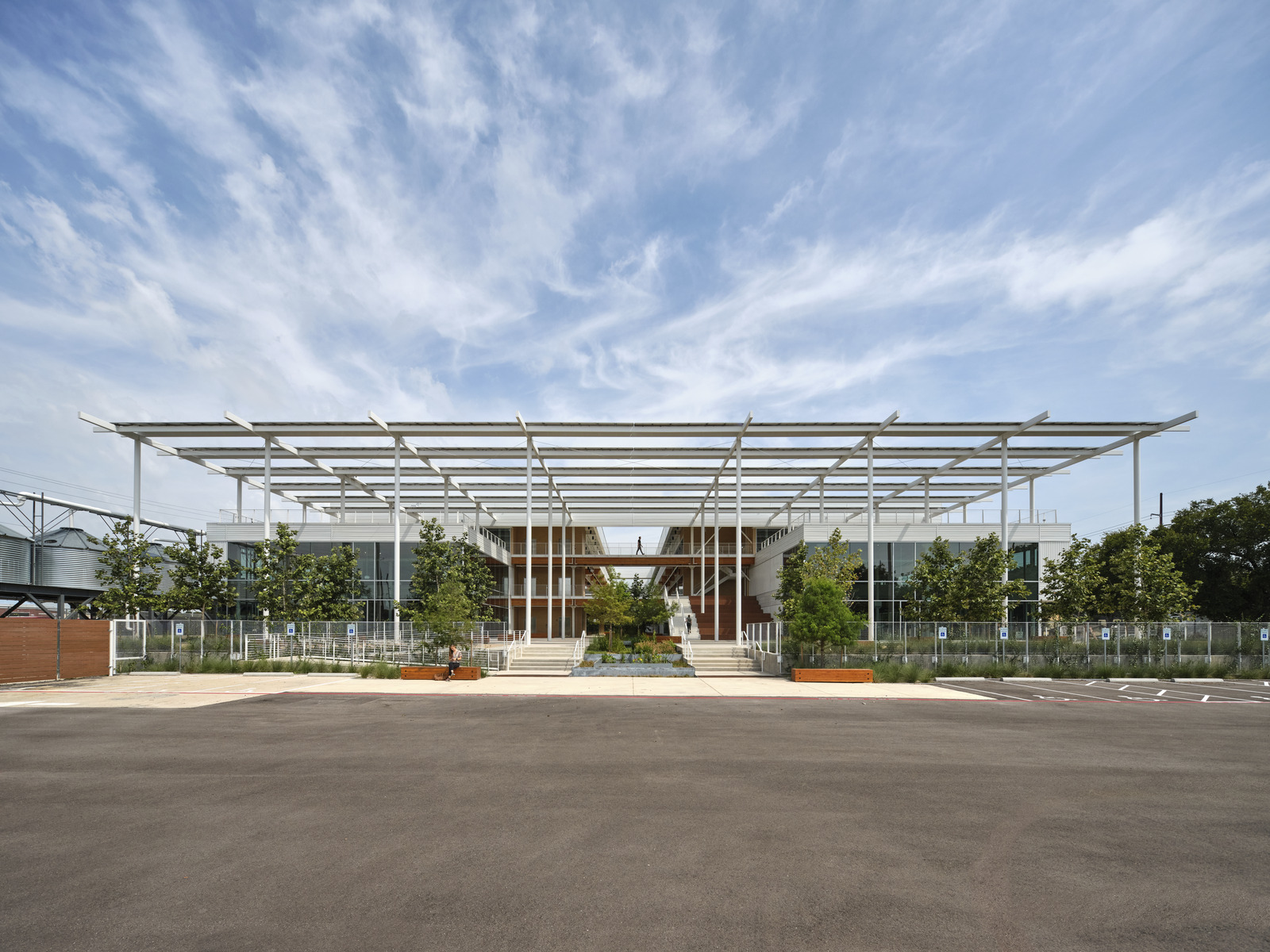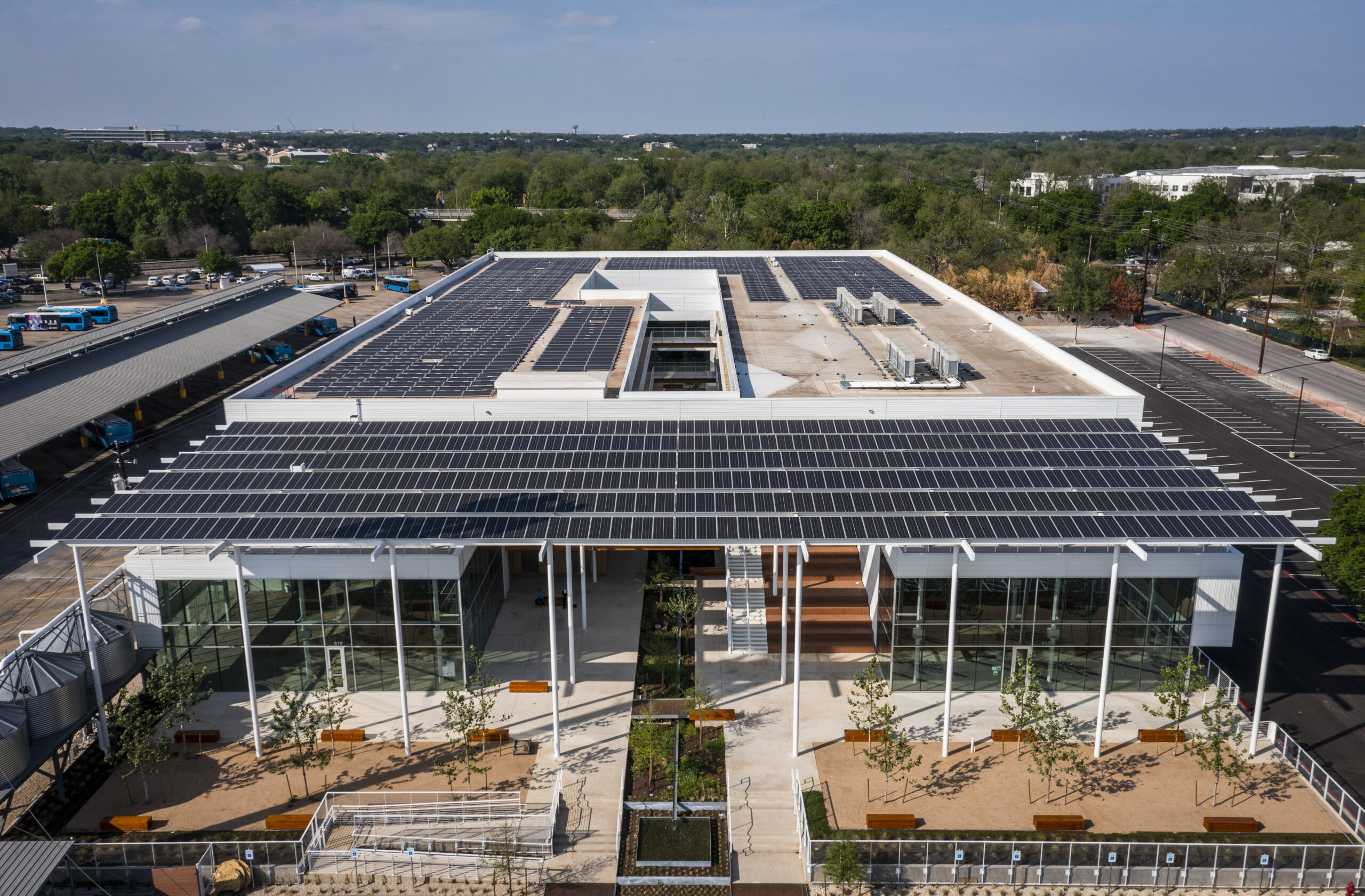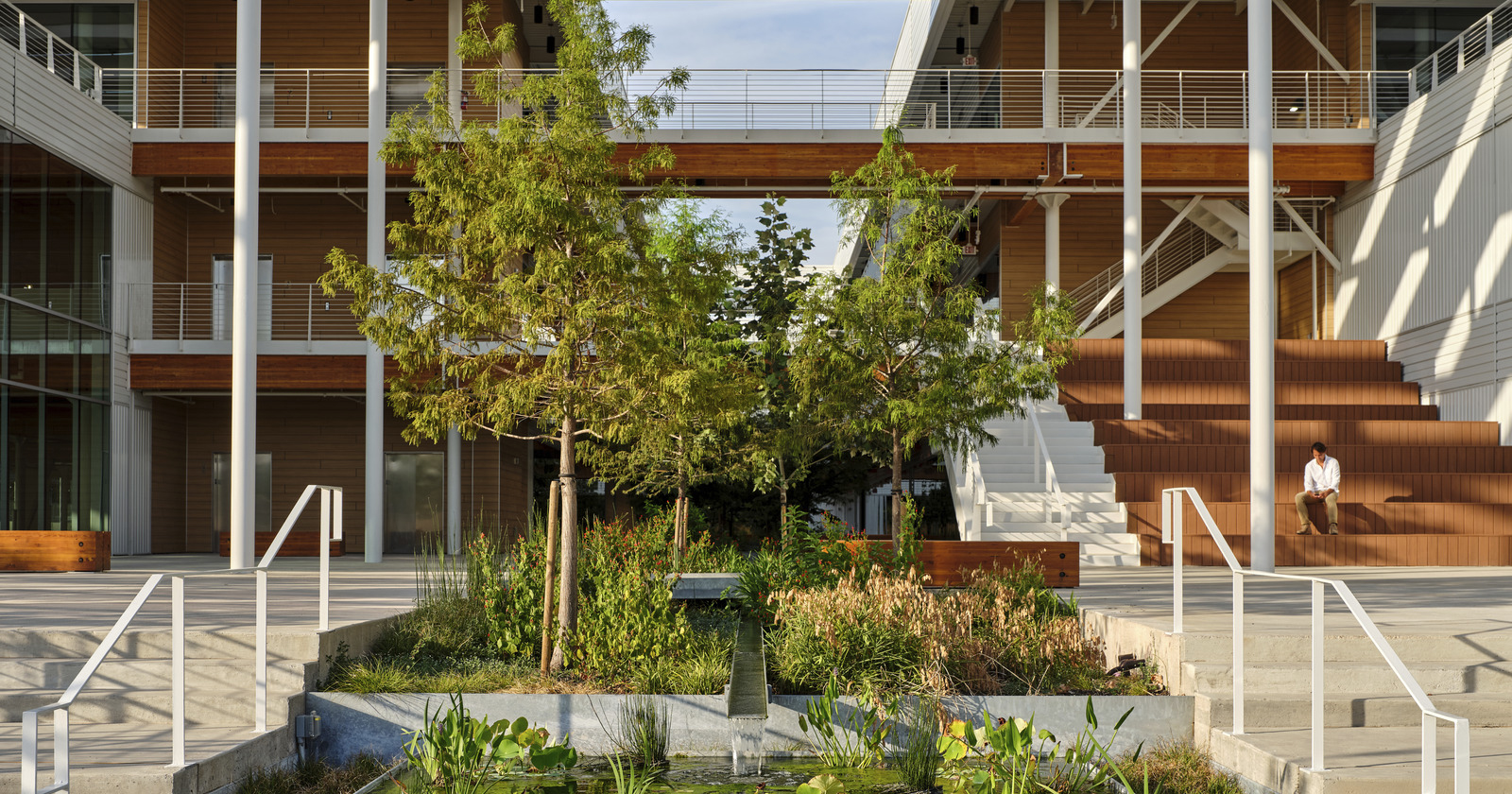Ellis Clark is the Marketing Manager at Tunley Environmental, a sustainability consultancy founded in 2017 that offers expert-led education and assessments by PhD scientists and specializes in reducing carbon emissions, enhancing biodiversity and natural resource management for businesses around the world.
The construction industry has made significant progress in embracing environmentally friendly practices, particularly through implementing green building standards in the United States. Several organizations and governing bodies have been working together to set and enforce these standards, making green building crucial due to its potential to reduce structures’ environmental impact.
To ensure the effective implementation of green building practices, governing bodies such as the U.S. Green Building Council (USGBC), the International Code Council (ICC), and the Green Building Initiative (GBI) have been established. The USGBC developed the Leadership in Energy and Environmental Design (LEED) certification, which serves as the default standard for green buildings in the US and provides a comprehensive framework for evaluating sustainability performance.
Other organizations, such as the Green Building Initiative (GBI) and the Living Building Challenge (LBC), actively promote and support green building practices, offering a range of standards and certifications for builders and developers. The adoption of green building codes has gained momentum across the US, with over 500 cities implementing tailored codes to address environmental challenges and goals. This article serves as a comprehensive guide to both the mandatory and voluntary Green Building Standards in the United States.

Fifth + Tillery by Gensler, Austin, Texas | Popular Choice Winner, 11th Annual A+Awards, Sustainable Commercial Practice
International Code Council’s 2012 International Green Construction Code (IgCC)
A mandatory model code that contains minimum requirements for increasing the environmental and health performance of buildings, sites and structures. Generally, it applies to the design and construction of all types of buildings except single- and two-family residential structures, multi-family structures with three or fewer stories, and temporary structures.
Building Types:
- Commercial: all
- Industrial: all but manufacturing systems and equipment
- Mixed use: all
- Residential: multi-family with more than 3 stories
Project Types:
- New construction
- Additions
- Alterations
ANSI/ASHRAE/USGBC/IES Standard 189.1-2011: Standard for the Design of High-Performance Green Buildings Except Low Rise Residential Buildings (ASHRAE189.1)
A mandatory model code that contains minimum requirements for increasing the environmental and health performance of buildings, sites and structures. Generally, it applies to the design and construction of al types of buildings except single-family homes, multi-family homes with 3 or fewer stories, and modular and nobile homes.
Building Types:
- Commercial: all
- Industrial: all
- Mixed use: all
- Residential: multi-family with more than 3 stories
Project Types:
- New construction
- Additions
ICC700-2012: 2012 National Green Building Standard (ICC 700)
A voluntary rating and certification system that aims to encourage increased environmental and health performance in residences and residential portions of buildings. Its criteria apply to the design and construction of homes and subdivisions.
Building Types:
- Mixed use: residential space
- Residential: all except institutional uses
Project Types:
- New construction
- Additions
- Alterations

Fifth + Tillery by Gensler, Austin, Texas| Popular Choice Winner, 11th Annual A+Awards, Sustainable Commercial Practice
Green GlobesTM
A series of voluntary rating and certification systems that encourage improved environmental and health performance for all types of buildings except residential structures. Green GlobesTM is administered in the U.S. by the Green Building Initiative.
Building Types:
- Commercial: all
- Mixed use: all
- Residential: multi-family
Project Types:
- New construction
- Additions
- Alterations
US Green Building Council’s Leadership in Energy and Environmental Design (LEED®)
A series of voluntary rating systems aimed at increasing the environmental and health performance of buildings, sites and structures and of neighborhoods. LEED® covers the design, construction, and operation of all types of buildings.
Building Types:
- Commercial: all
- Industrial: all
- Mixed use: all
- Residential: all
Project Types:
- New construction
- Existing buildings
- Additions
The International Living Future Institute’s Living Building ChallengeTM, version 2.1 (May 2012)
A voluntary certification system that advocates for transformation in the design, construction, and operation of buildings. In addition to encouraging improved environmental and health performance, it supports building structures that are restorative, regenerative, and an integral component of the local ecology and culture.
Building Types:
- Commercial: all
- Industrial: all
- Mixed use: all
- Residential: all
Project Types:
- All

Fifth + Tillery by Gensler, Austin, Texas | Popular Choice Winner, 11th Annual A+Awards, Sustainable Commercial Practice
Adhering to green building standards offers numerous benefits, including reduced operating costs, healthier indoor environments, lower maintenance costs, and increased market demand. However, challenges such as initial costs and a lack of awareness and education among stakeholders need to be addressed through collaborative efforts.
Green building certification and rating systems play a crucial role in verifying the environmental performance of buildings. Notable programs in the US include the WELL Building Standard and the ENERGY STAR certification, allowing builders and developers to choose the most suitable option based on their project goals.
As sustainable practices gain traction, understanding the importance of green building practices, the role of governing bodies, and the benefits and challenges associated with implementation becomes increasingly important. With a wide range of green building organizations, codes, and certifications available, the US is well-positioned to lead the way in creating environmentally responsible buildings that prioritize the well-being of occupants and the planet.
Want to see your work published in “Architizer: The World’s Best Architecture,” a stunning hardbound book celebrating the most inspiring contemporary architecture from around the globe? Enter the A+Awards.

 Gensler
Gensler 


